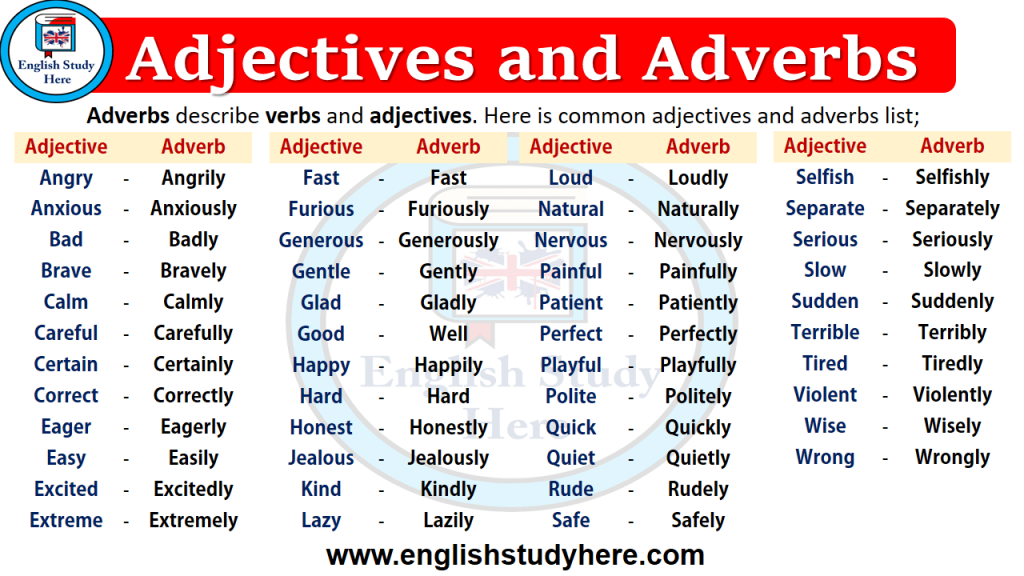My Orders
Membership Auto-Renewal
Return/Replace Order
Price Adjustment
Cancel Order
Verify Membership
Update Account Info
Edit Shipping Address
In-Home Delivery FAQ
Find a Warehouse
My Orders
Membership Auto-Renewal
Return/Replace Order
Price Adjustment
Cancel Order
Verify Membership
Update Account Info
Change Shipping Address
In-Home Delivery FAQ
Find a Warehouse
Customer Service Home Page
How can I schedule an appointment at my local Tire Center?
What services does the Costco Tire Center provide?
How are Costco. com tire orders delivered and installed?
What is Costco's tire replacement location policy?
How can I find tires on Costco.com?
Can I cancel my tire order?
Can I exchange my tire order?
Will the Costco Tire Center install any size tire?
Scheduling an appointment at your local Tire Center is easy! Simply visit Costcotireappointments.com and follow these steps:
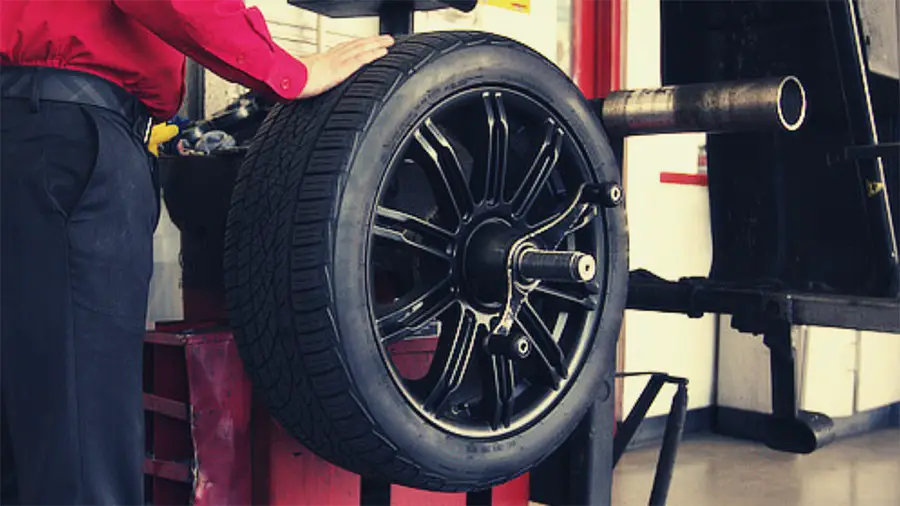 ”
”If you ever need help scheduling an appointment, feel free to get in touch with the Tire Center at your local Costco.
Back to Top
The Costco Tire Center offers several installation and maintenance services to get our members on the road, including rotation, balance, nitrogen inflation, nitrogen conversion, and flat repair. Your local Costco Tire Center team will be glad to discuss any of these services in-depth. Find your local Tire Center here.
Your local Costco Tire Center team will be glad to discuss any of these services in-depth. Find your local Tire Center here.
Please note that:
Back to Top
Your Costco.com tire order will arrive at your selected warehouse in approximately 5-10 business days from the time of your order. You will be notified by phone or email when your tires arrive at the warehouse and you will have 14 days for installation.
For Alaska and Hawaii orders, the estimated delivery timeframe will be approximately 10-20 business days from the time of your order.
An Installation charge of $18.99 per tire is included in the quoted price.
This includes: Mounting, Lifetime Balancing, Lifetime Rotation, Lifetime Flat Repair, Lifetime Air Pressure Checks, New Rubber Valve Stem, & Costco Wholesale's Road Hazard Warranty.
For additional details please head to our Tire Site and select your warehouse location to view the tire warranty and Tire Center FAQs.
Please note:
Back to Top
We have a policy to always install the least worn tires to the rear axles on the vehicle. For example, if only one tire needs to be installed, it will be installed on the rear of the vehicle. If two new tires are installed, they will also be installed on the rear of the vehicle.
For example, if only one tire needs to be installed, it will be installed on the rear of the vehicle. If two new tires are installed, they will also be installed on the rear of the vehicle.
This is based on major tire manufacturers' fitment guidelines, which specifically caution against installing replacement tires on the front axle, due to safety reasons. If you have further questions, please visit our Tire Site.
Back to Top
You can find the exact tires for your vehicle as set by the tire manufacturers right here. Your safety is our top priority. As part of that commitment, our Tire Centers will only install tires that are suggested by the manufacturer for your make and model of car. We've designed the tire search on Costco.com to only display results that match up with your vehicle.
Once you select the warehouse you'd like to install your tires, simply enter the specific year, make and model of your vehicle in our tire search, and you should have some great options at your fingertips.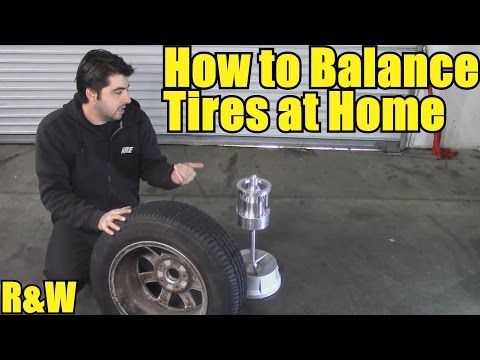
Back to Top
We are unable to cancel tire orders that have already been shipped and are in transit to your local Costco Wholesale Tire Center.
If you don't want to keep the tires, there are two return options:
Back to Top
We don’t have the ability to process exchanges for tire orders placed on Costco.com. If you’re not completely satisfied with your order, stop by the Costco Wholesale Tire Center when the tires arrive for a refund. If you'd like the refund processed by Costco.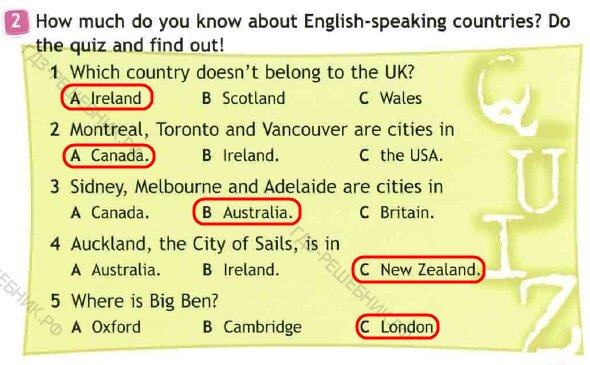 com, Contact Us and you'll receive the credit back to your original method of payment within three to four business days.
com, Contact Us and you'll receive the credit back to your original method of payment within three to four business days.
If you return or cancel your tire order and you need a different set of tires, you’re welcome to place another order on Costco.com.
Back to Top
Costco only installs authorized tire fitments, for safety reasons. This is why we advise that, before purchasing, our customers make sure the tire(s) they select meet the following vehicle manufacturers' Original Equipment (OE) specifications.
If you'd like to find your vehicle's tires or need more information, visit our Tire Site.
Back to Top
Do you know how much tire installation costs at Costco or how much Costco charges to install tires? Well, you are at the perfect place to find the answer to such a question.
Costco is regarded as one of the most affordable companies in the United States when it comes to tire installation.
But, just how much does it cost? Is it worth getting your tires installed at Costco? How long does the process take? We are going to answer all of your questions, plus a whole load more right here on this page.
Table of Contents
The tire installation cost at Costco is fixed. In fact, it is included in the price of every tire that you purchase from them.
This is because Costco automatically assumes that when you purchase your tires from them, they will also be carrying out the installation.
The cost of each tire will be $18. 99, at 2022 prices. This will include both the mount and balance. Unlike other tire companies out there, Costco does not adjust the price of the mount and balancing depending on your vehicle model.
99, at 2022 prices. This will include both the mount and balance. Unlike other tire companies out there, Costco does not adjust the price of the mount and balancing depending on your vehicle model.
So, even if you have a vehicle that is notoriously difficult to balance e.g. the vast majority of modern Mercedes vehicle models, the price is going to remain the same.
You do not have to purchase a full set of 4 tires. However, Costco will only fit the tires in pairs e.g. they will do both front or both back.
You cannot just have one tire replaced, just for safety reasons. They need to ensure that the wear and tear on the tires is even.
Because the cost of tire installation is fixed, a lot of people do see Costco as the preferred option. There are a couple of downsides, one of which we are going to discuss in the next section.
However, for the most part, getting tires from Costco tends to be a good idea.
Read also > > Costco Tire Warranty – Replacement Policy (How It Works)
Read also >> Winter Tire Installation Cost (Mount & Balance Price)
No. This is one of the major downsides of using Costco for your mount and balancing.
This is one of the major downsides of using Costco for your mount and balancing.
Costco will refuse to install any tires that have not been purchased from them.
They claim that this is for safety reasons. They want to know that the tires that they are installing are going to be safe. After all, their reputation is on the line if they end up installing dodgy tires for you.
The main reason, however, is probably because they want to actually profit from the sale of tires. While Costco is known for having incredibly affordable prices when it comes to tire purchases, they do still make a lot of money on them.
If they were charging $18.99 without you purchasing tires from Costco, then we can guarantee that they would probably end up making a loss.
Thankfully, the tires at Costco are of high quality. They are suitable for most vehicle types (they have a lot of tires available), and you will be more than happy with the installation.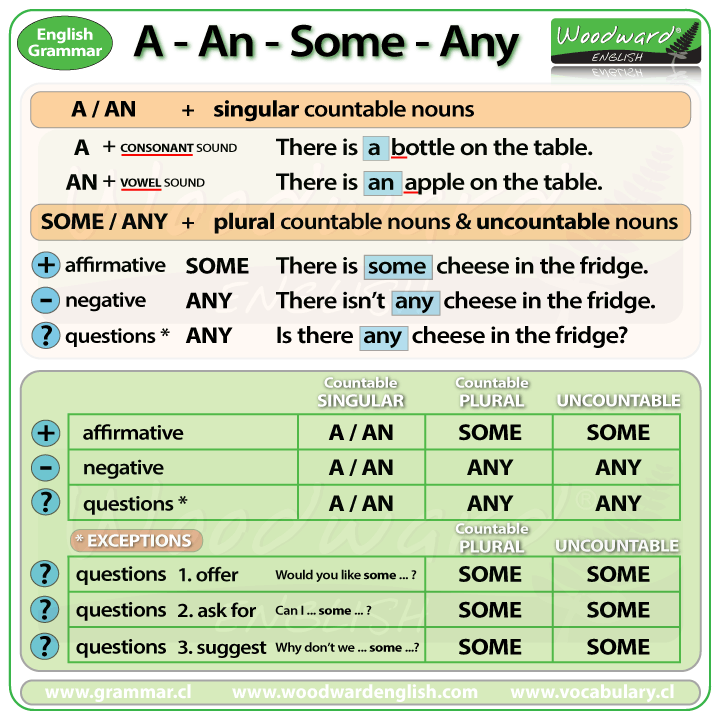
This means that, even though you can only purchase Costco tires, you are not getting low-quality tires. You are getting something that hundreds of thousands of drivers around the US use.
Read also >> Discount Tire Installation Cost (Mount & Balance Price)
As we just said, Costco is only going to be able to install tires that have been purchased from Costco. However, they won’t be able to install all tires.
For starters, while Costco does sell golf cart and ATV tires, they will not install them for you. Instead, the tires are going to be delivered directly to your home.
Although, thankfully, if you purchase golf cart and ATV tires from Costco, you do not have to pay the installation fee. This means that the tires are going to be a little bit cheaper.
Costco will install trailer tires for you. However, they are only going to be able to match the size and load index from the tires that you already have.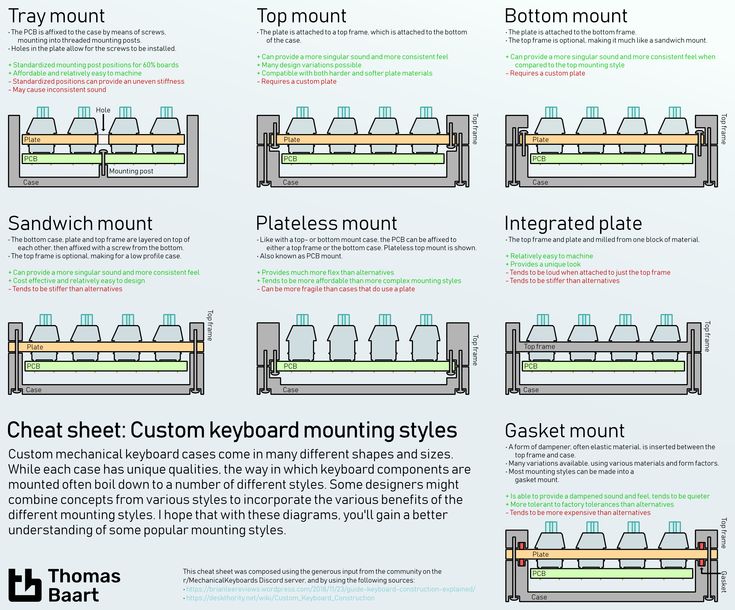
You will also need to provide documentation for your trailer.
If you cannot provide documentation that lists the torque that the trailer wheels need to be tightened to, then you are not going to be able to get Costco to install the tires for you.
Finally, Costco will install some UTV tires. However, they avoid installing UTV tires if the UTV is going to be driven on the street. It is strictly for off-roading.
Read also >> What Is Costco Return Policy Without Receipt? (Secrets You`ll Never Imagine!)
First things first, you are going to need to have a Costco membership. Like literally everything else related to Costco, you will not be able to take advantage of their services unless you have a Costco membership.
It is up to you to determine whether it is worth getting a Costco membership if you do not have one already. Most people find that it is fine, even if they are getting tires installed.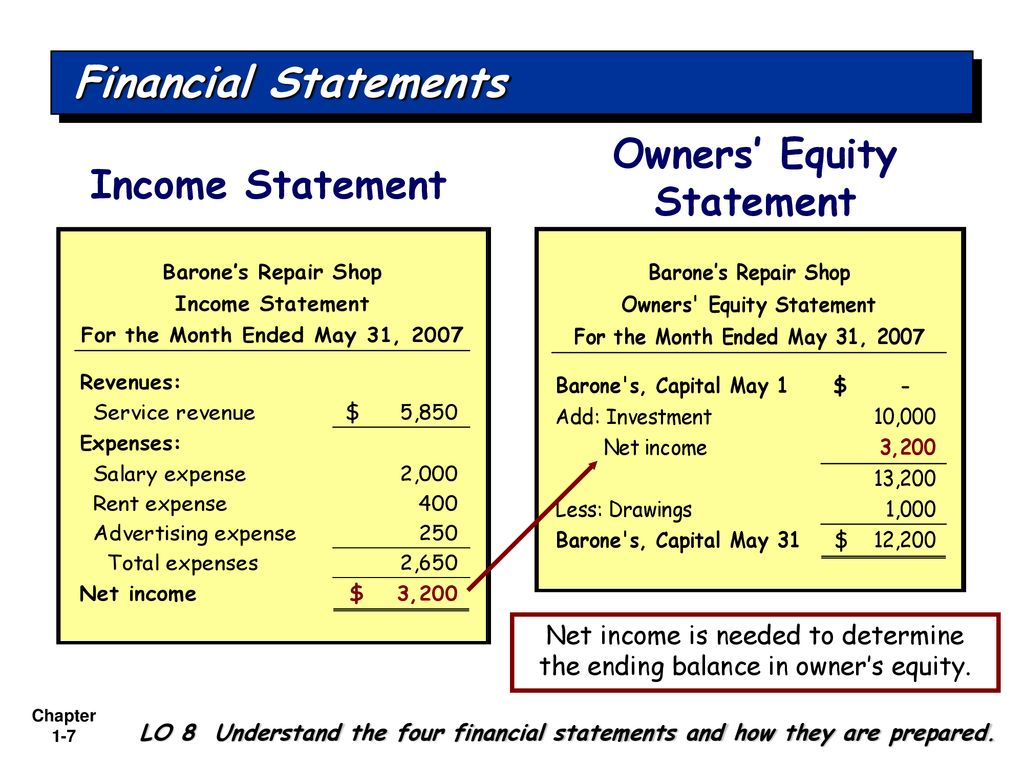
This is because they realize that Costco is going to be cheap on a whole load of accessories related to their vehicle, plus probably most of the groceries that they get!
Once you have your Costco membership, you will need to head to www.costco.com and purchase your tires. It is easy to search for new tires on the site, and Costco will ensure that you get the right-sized tires for your particular vehicle.
You need to choose to have them delivered to your local Costco store. Remember, you can only have the tires sent to Costco stores with a garage, otherwise, they will not be able to install them for you.
When you purchase the tires, they will tell you when they will be delivered. You will need to make a note of this information.
Your next job is to head on over to Costcotireappointments.com where you will need to book an appointment for your tire fitting. You can only have the tire fitting carried out at the store that the tires will be delivered.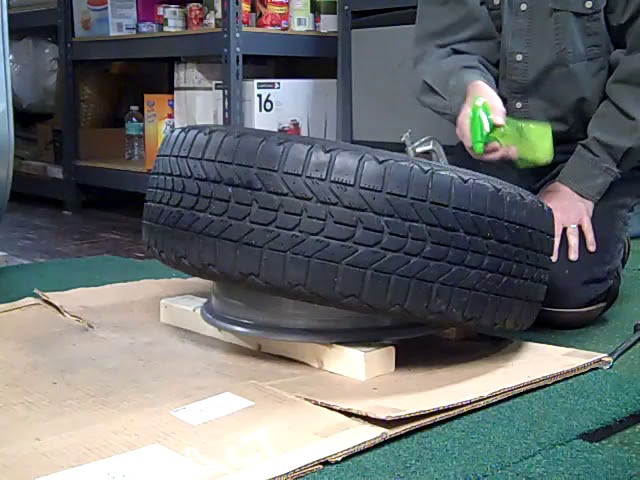
Of course, you will need to ensure that the fitting takes place after the scheduled delivery, although not too long after. Costco won’t keep your tires there forever. They will ask you for details of your order number.
This way, they can confirm that you have actually placed an order with them.
At your scheduled fitting time, you just need to turn up at the Costco tire center. The installation of your tires should take about 45-minutes.
However, as we mentioned a little bit earlier, there are some vehicles that may be a bit more complicated to deal with. While you may not have to pay extra to have the tires installed on these vehicles, the fitting time may take a little bit longer.
The fitter will tell you exactly how long everything will take.
Costco will dispose of your old tires for you. They will also give you details of the warranty on their products. Generally speaking, you are going to be covered against anything other than natural wear and tear on your tires.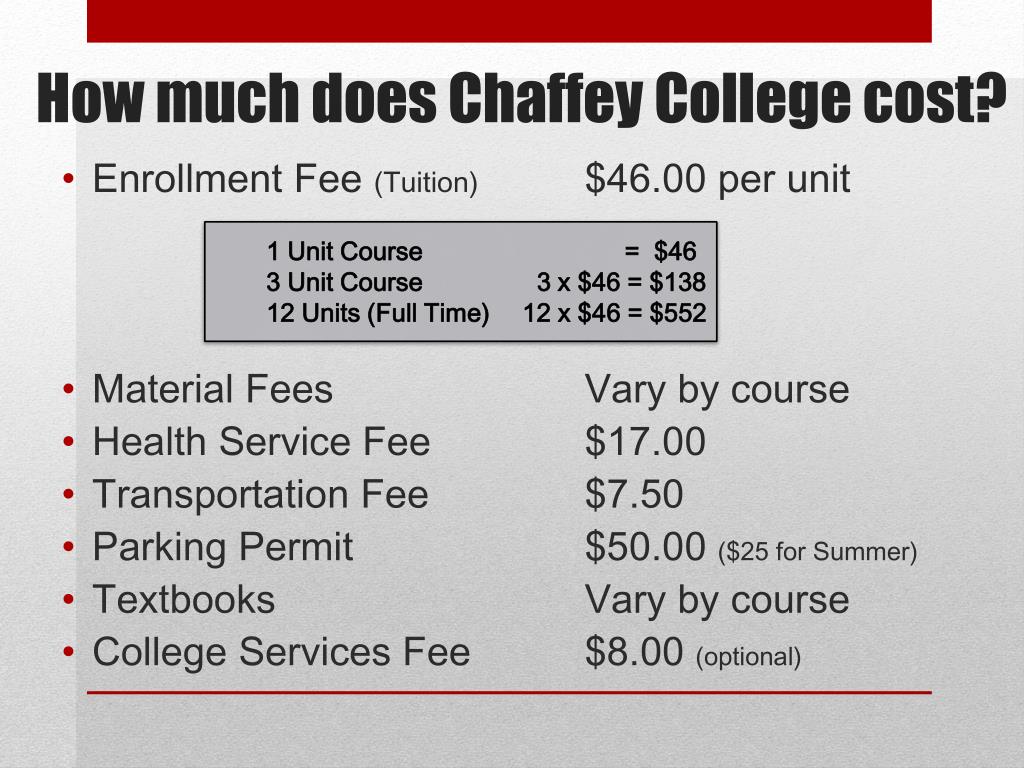
If you have any issues, then Costco will be more than happy to replace the tires for you.
Read also >> Canadian Tire Installation Cost (Mount & Balance Price)
Absolutely! Costco is known for having some of the best prices for tires. Add in the tire installation, and their prices are even more competitive.
The only downside to picking up tires from Costco is that you aren’t allowed to bring your own tires along.
So, for example, if you are looking to switch your current tires to winter tires, Costco is not going to help unless you buy your winter tires from them. It may work one year, but the next year, you will have to find somewhere else to buy the tires from.
In addition to this, Costco does not always keep the tire that you need in stock. This means that you won’t be able to have your new tires fitted right away. In many cases, it is going to take 3-5 days for the tires to be delivered.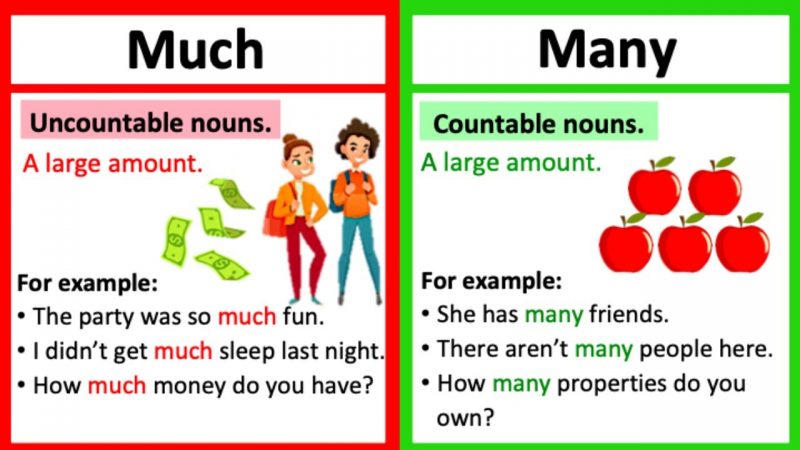
Probably not going to be ideal if you need those tires replaced very quickly i.e. one of your tires has ‘exploded’.
Still, in the grand scheme of things, we absolutely would recommend Costco as a great place to get your tires fitted.
There are a couple of downsides, but the price is affordable enough that there is no real sense going anywhere else unless you need to have very specific tires fitted, or you want to buy your tires from elsewhere.
Costco tire installation costs a fixed $18.99 per tire. This will include the mounting and balance. Do bear in mind, however, that Costco will only fit tires that have been purchased from them.
This means that if you have purchased your tires from somewhere other than Costco, they will not be able to carry out the tire replacement for you.
If you want to book a tire replacement through Costco, then you must first order your tires through their website.
Once this is done, you will need to book the installation with the fitter. You will not have to pay for the installation as the price is included in the tire cost.
You will not have to pay for the installation as the price is included in the tire cost.
https://customerservice.costco.com/app/answers/detail/a_id/9231/~/tire-center-faqs
Canadian Tire Installation Cost (Mount & Balance Price)
Do you know what the Canadian tire installation cost is or what are the Canadian Tires and wheels packages? Well, you are at the perfect place to find the answer to such a question. Canadian Tire...
Continue Reading
link to Costco Tire Warranty - Replacement Policy (How It Works)Costco Tire Warranty - Replacement Policy (How It Works)
Have you ever asked yourself or your friend what is Costco Tire Warranty, the replacement policy, and how it works? Well, you are at the perfect place to find the answer to such a question. If you...
If you...
Continue Reading
Many of us think about tire pressure twice a year. When a tire fitter, when replacing winter wheels with summer ones (or vice versa), suddenly asks: “How much to pump?”. And really, how much? Everything seems to be simple - any car has a special sticker on the gas tank flap, in the driver's door opening or on its end. She gives recommendations for almost all occasions: how much to inflate tires depending on their size, vehicle load, and often on the season. nine0003
You can inflate tires at almost any modern gas station, but it’s better (especially on a long journey) to have a mechanical pump or an electric compressor with you
But it’s no coincidence that the master asked about your opinion. After all, since Soviet times, “life hacks” from experienced people have been walking around garages. They say that if you pump up the tires harder, the car will roll easier and eat less fuel.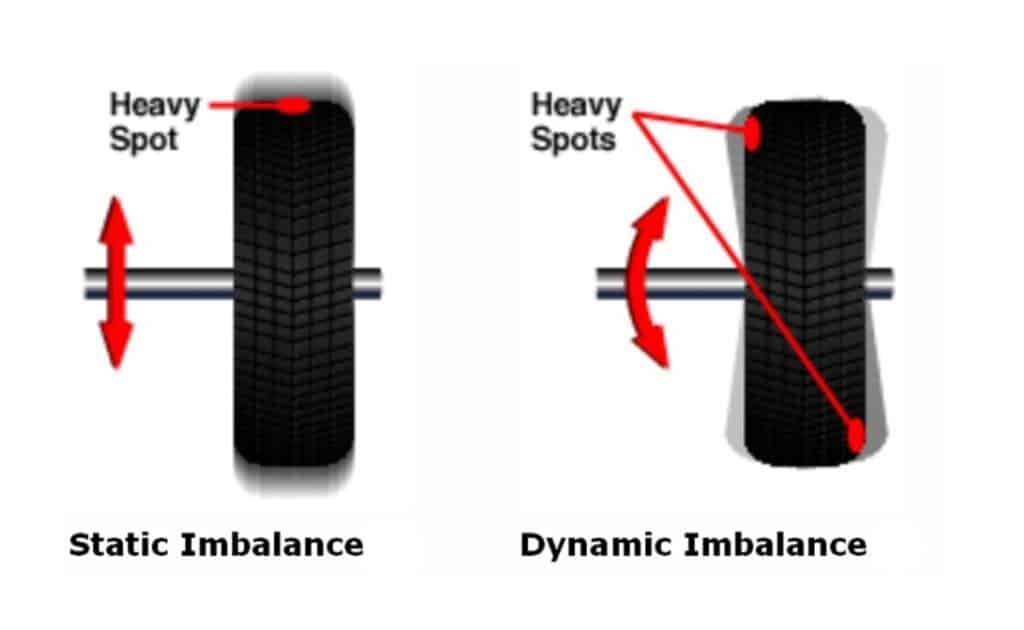 Saving! And if comfort is important, then the tires need to be inflated a little, then the ride will become smoother without any suspension tuning. nine0003
Saving! And if comfort is important, then the tires need to be inflated a little, then the ride will become smoother without any suspension tuning. nine0003
However, for those riders who don’t care about pressure at all, the “soft” option is obtained automatically. Especially now, in the off-season. Let's say they pumped up your tire in a warm room or in the sun, and now it's almost freezing at night. The air in the tire "shrinks", the pressure drops. Plus, it gradually evaporates through rubber micropores, especially if the wheel is not the first freshness. Yes, and the quality of installation plays a role: the tire does not fit snugly against the rim of the disc, the valve is crooked - that's the leak. nine0003
Regardless of the speed and load, Renault recommends keeping the same pressure in the Duster tires - 2 atm. But this is more an exception than a rule
That is why automakers recommend that the driver periodically check the pressure in the wheels himself. But there is a catch here too.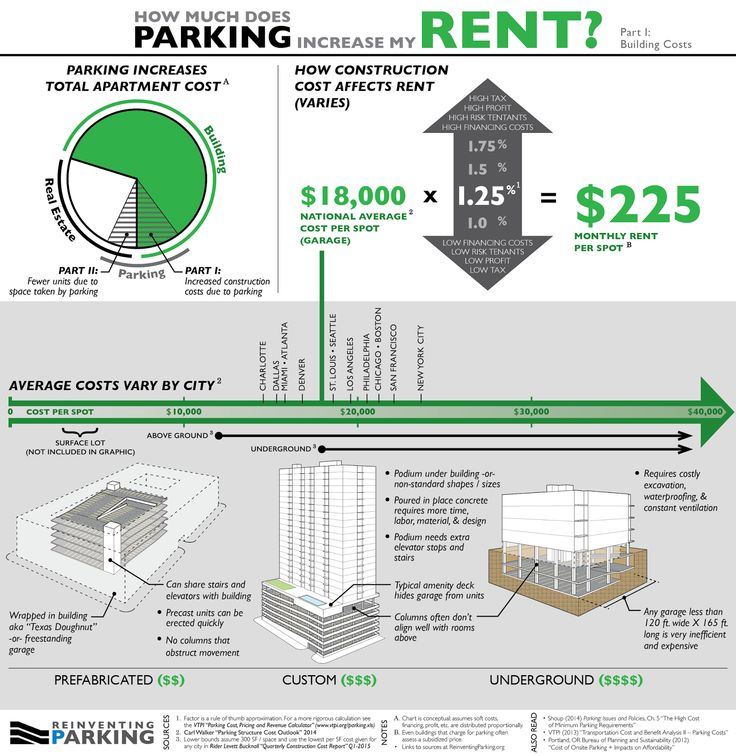 Usually in the instructions you can find a very vague wording: "check regularly." How about "regularly"? Every day? Or maybe once a month?
Usually in the instructions you can find a very vague wording: "check regularly." How about "regularly"? Every day? Or maybe once a month?
The Renault Duster crossover, popular in Russia, is being used as a guinea pig, which is undergoing a lengthy test in the editors of Auto Mail.Ru. To begin with, we drive the car to the underground office parking lot, where it stands all day at a temperature of plus 20 degrees. In the evening before departure, we check the pressure with an accurate digital pressure gauge. Exactly 2 atm - as prescribed by the manufacturer. But Duster spent the night in an open parking lot at the entrance. In the early autumn morning, the thermometer outside the window showed only plus 7 degrees. We go outside, we freeze again. In all wheels 1.8 atm - a drop of two "tens"! What if there were frosts? nine0003
During the experiment, we used a digital pressure gauge. Such devices are used in motorsport, but in everyday life it is quite possible to get by with a traditional analog meter
Well, well, we pumped up the wheels according to the season and .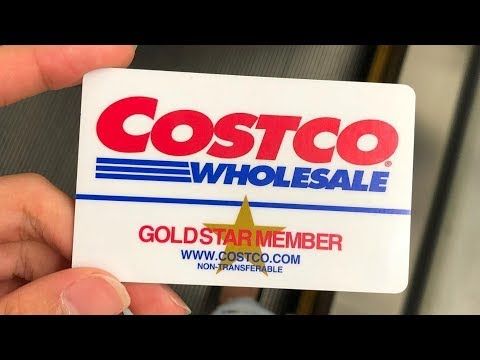 .. forgot? We check. Duster remains alone for a week, and when, after 7 days, the pressure gauge again stuck to the tire valves, the display showed the numbers 1.9 - 1.95 atm. In other words, regardless of temperature fluctuations, there are losses, albeit very small ones. nine0003
.. forgot? We check. Duster remains alone for a week, and when, after 7 days, the pressure gauge again stuck to the tire valves, the display showed the numbers 1.9 - 1.95 atm. In other words, regardless of temperature fluctuations, there are losses, albeit very small ones. nine0003
Output. When the weather is stable, it is not worth worrying about tire pressure every day. It is quite enough to control it once every 2-3 weeks, depending on the condition and age of the wheels. But in the off-season, it’s better not to lose vigilance. With warming and cooling, it would be nice "Check with the filing cabinet" more often. Let's say weekly.
Here a reasonable question arises - are we driving a nuclear reactor? Why such perfection? Just think, 2-3 "dozens" ... You won't even notice it by eye. About whether this little thing can affect the characteristics of the car, the second part of our experiment. nine0003
In order to evaluate the behavior of the car on normal, slightly flat and pumped tires, we laid a route of about 80 km in the Moscow region.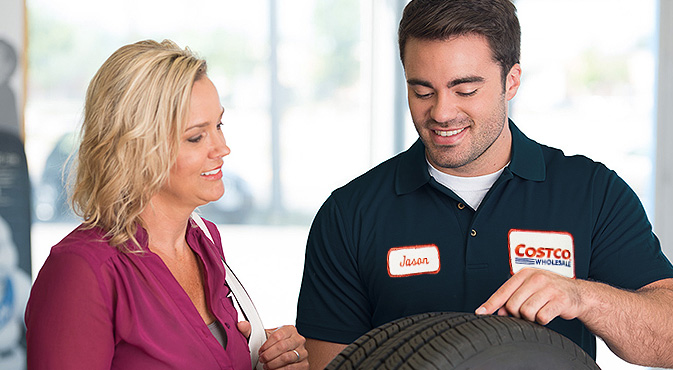 At the same time, it was built with the expectation that on the way we would come across a highway, and ordinary country roads, and winding sections, and city traffic. We left during the day when the traffic is more uniform. We refueled to control fuel consumption always at the same gas station. And even for a strictly defined column - exactly to the neck. nine0003
At the same time, it was built with the expectation that on the way we would come across a highway, and ordinary country roads, and winding sections, and city traffic. We left during the day when the traffic is more uniform. We refueled to control fuel consumption always at the same gas station. And even for a strictly defined column - exactly to the neck. nine0003
Each of the three test laps started and ended at the same gas station at a pre-selected dispenser. This made it possible to more accurately calculate the fuel consumption
The first lap was at the correct pressure of 2 atm. Therefore, I will not describe the habits of the Duster again. Everything is exactly as it was during the first test in Romania and with the features that we managed to notice during the run across the Russian expanses. And these are the results. At a distance of 82.2 km, Duster, according to the onboard computer, showed an average consumption of 6.5 liters. But at the same time, 5.8 liters of diesel fuel entered the tank, that is, the electronics slightly cheated, and in fact the crossover ate 7. 01 l / 100 km. We will take this figure as a guideline. nine0003
01 l / 100 km. We will take this figure as a guideline. nine0003
And now let the tires cool down and release 0.3 atm. Wow! The road is the same, but Duster drove uncertainly. The acceleration is viscous and long, as if the car is dragging a trailer behind it. The steering wheel is padded and damped - you can guess rather than feel about the position of the front wheels. Duster on lowered tires began to hold its course worse, sway more and shy away from gusts of side wind more sharply. And in bundles of turns, I wanted to spit on everything, get out and, finally, pump up the unfortunate tires so that the car would get rid of this dumb "gait". nine0003
The difference in pressure between the tires on the left and on the right is 0.6 atm. It is almost imperceptible to the eye, but the behavior of the machine changes very seriously
But there were also advantages from pressure loss. The smoothness of the ride has increased significantly. The Duster already has an elastic running gear, but then it turned into a feather bed - it was as if they walked along the tracks with an iron: not a seam, not a joint. In addition, unpleasant bumps on the steering wheel are a thing of the past.
The Duster already has an elastic running gear, but then it turned into a feather bed - it was as if they walked along the tracks with an iron: not a seam, not a joint. In addition, unpleasant bumps on the steering wheel are a thing of the past.
While we were completing the previous lap, repairs began at one of the interchanges, so we had to take a detour a second time and the total mileage increased to 85. Disappointing figures are lit on the on-board computer screen - 6.9l/100 km. “Some 3 dozens” increased consumption by 6.2% at once! True, the actual topping up showed a slightly more optimistic result. The tank included 6.3 liters of diesel fuel, that is, the real average consumption was 7.41 l / 100 km - plus 5.7%. But still, estimate the scale of the disaster. Engineers go to unthinkable tricks to make modern models more economical, and here just an oversight of tire pressure crosses out their efforts.
Tires can be slightly deflated on dirt road for both ride and flotation
The third approach is to drive the extra 0. 3 atm into the tires. By the way, some automakers recommend doing this when driving at high speed or when fully loaded. Now it's clear why. The former agility returned to the Duster during acceleration, the buildup was gone, and during maneuvers, the crossover surprised with the liveliness of the response. But the shaking became prohibitive, vibrations appeared on the body and seats. And the noise level rose to an unpleasant level, as if the restyled Duster was magically changed to the previous one. nine0003
When it rains, incorrect tire pressure can cause early hydroplaning
What about consumption? And nothing outstanding. According to the on-board computer - 6.4 l / 100 km. In fact, 5.7 liters were spent per 85 km, that is, the real figure is 6.71 l / 100 km. Benefit in relation to normal pressure - 4.5%. Not bad, of course, but is the game worth the candle given the increased load on the chassis and lost comfort?
By the way, remember that tire pressure fluctuations have far-reaching consequences.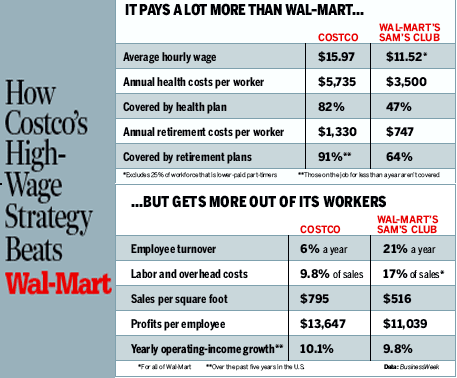 For example, accelerated tire wear. But let's not be boring, but rather watch a short but informative story from Michelin. nine0003
For example, accelerated tire wear. But let's not be boring, but rather watch a short but informative story from Michelin. nine0003
An error occurred during the download.

Caring for your tires properly ensures your safety and the best performance from your vehicle. One of the most important - and often overlooked - regular maintenance you should be doing is regularly checks tire pressure. .
Car tires must not be punctured to allow air to pass through. And unlike your gasoline, most cars don't alert you to check your tire pressure. In this guide, you will learn how to properly check your tire pressure and why you should keep it up to par.
According to the National Highway Traffic Safety Administration, under-inflated tires have a higher risk of damage and failure. Not only them wears faster than when under-inflated, but faster wear can also result in reduced handling of your vehicle, tire blowouts, and crashes.
In addition to safety, there are also for ecology and for economy help keep your tires filled with air. Gasoline mileage is reduced by 0.2% for every 1 psi (psi) tire pressure is below the recommended level. By keeping your tires inflated to the correct pressure, you can save up to 3% on mileage, depending on your vehicle and driving habits.
Gasoline mileage is reduced by 0.2% for every 1 psi (psi) tire pressure is below the recommended level. By keeping your tires inflated to the correct pressure, you can save up to 3% on mileage, depending on your vehicle and driving habits.
Not only are you saving more money on reduced gas pump visits, but you are also ensuring that our planet continues to grow and prosper for the drivers of tomorrow.
Open your car's glove box, pull out the owner's manual and look for "tires." You should find parts including front and rear PSI listings. PSI stands for psi . This number is determined by your vehicle manufacturer and is how you can tell if your tires are properly inflated.
PSI based on your car:
It is important to note that you must always use the pressure recommended by your vehicle manufacturer for optimal vehicle performance.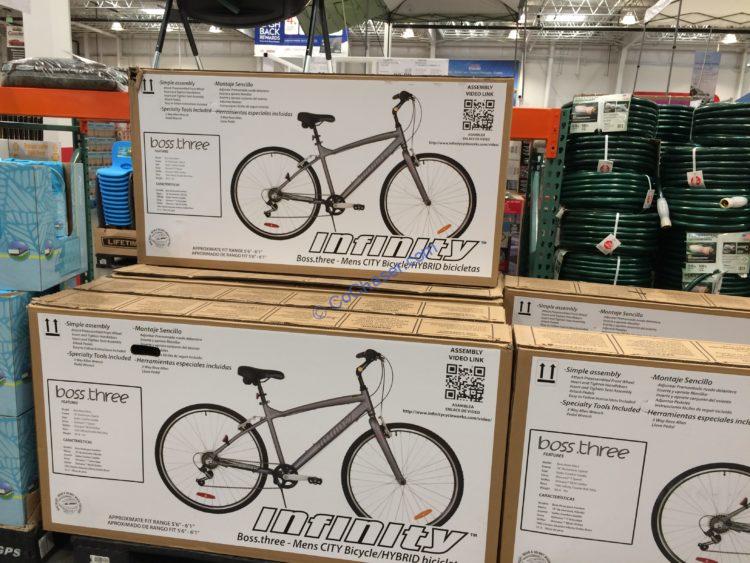 This means that you must ensure that your tires match your vehicle and that the PSI recommended for the tires matches what your vehicle manufacturer recommends for your vehicle.
This means that you must ensure that your tires match your vehicle and that the PSI recommended for the tires matches what your vehicle manufacturer recommends for your vehicle.
Even new tires with minimal wear constantly lose air. Factors that can affect tire pressure:
Most tire and vehicle manufacturers recommend checking tire pressure every month as they can lose several pounds of pressure during that time from simple daily use.
In addition, it is important to check the pressure, as the temperature of the heats up to . Tires react quickly to changes in temperature, and an increase in temperature can lead to a rapid loss of pressure. nine0003
Leaky valve systems, low leakage punctures and other often hidden damage can also reduce air pressure - another reason to check your tires regularly.
Checking tire pressure is easy. You can do it right at home or at a gas station. Just make sure you check the pressure when your tires are cold , or have not been ridden for a few hours. This will give you the most accurate reading. nine0003
The most important piece of equipment you need is the precision pressure gauge . You can find battery powered digital gauges or the more traditional rod type gauges found at most gas stations. A good track shouldn't cost you more than $15 - a good investment for longer tire life.
Make sure you have the manufacturer's PSI when you check tire pressure, then follow these steps:
 nine0074
nine0074 All in all, checking your tire pressure should only take a few minutes and is well worth the savings and protection you get! nine0003
Checking your tire pressure once a month will give you an idea of how they are performing. If your tires are fairly new, and continue to leak air, you should check with your dealer or mechanic. You may have a faulty valve or other damage that is difficult to detect... which, unfortunately, may result in the need for a complete tire replacement. But with proactive maintenance, you can catch a problem before it becomes a problem, and end up needing a little repair. nine0003
nine0003
For more suggestions to keep your car running at its best, check out our library of car maintenance tips.
Maintaining proper tire inflation is relatively simple and important to the overall performance of your vehicle's tires. A properly inflated tire will provide longer life, faster steering response, better fuel efficiency and a smoother ride than an improperly inflated tire. Both under-inflation and over-inflation can cause headaches such as premature tread wear and possible tire failure. The best way to ensure you get the most out of your tires is to check your tire pressure monthly. nine0003
Knowing how to use the tire pressure sensor is very simple. Here's how to check your tire pressure and fill your tires.
Items needed to check tire pressure
Your gauge can be digital or standard. Auto parts stores usually carry both. Many auto parts stores sell portable air compressors that run on a car battery or 12-volt power supply. Alternatively, you can use the air compressor found at most gas stations. They usually cost $0.50 or $1.00 to use. nine0003
Many auto parts stores sell portable air compressors that run on a car battery or 12-volt power supply. Alternatively, you can use the air compressor found at most gas stations. They usually cost $0.50 or $1.00 to use. nine0003
Car manufacturers list PSI - literally "pounds per square inch" - assuming the tires are cold. Tires are considered cold if the vehicle has been parked for three hours or more, or if the vehicle has been driven less than a mile (1.6 km) at a moderate speed. PSI is the unit of measure your gauge uses to take readings.
manufacturer
Look at your driver's side door jamb or your owner's manual to find the recommended cold tire PSI for your front and rear tires. If you can't find one, you should check with the dealer, manufacturer, or a qualified tire technician.
If your front and rear tires require different pressure levels, write down the correct PSI for each so you don't get confused when driving around your tire pressure checking vehicle.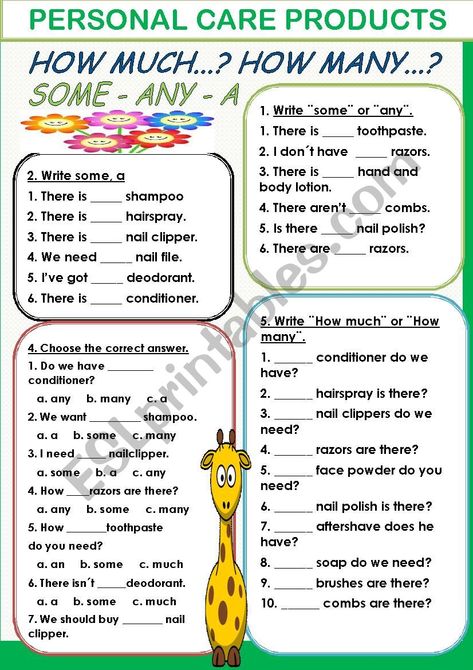 nine0003
nine0003
Remove the valve cover from one of your tires. Then place a gauge on the valve stem and push hard enough that the hissing sound disappears and your gauge reads. When using a standard gauge, air pressure will push a small strip out of the bottom of the gauge. The units of measurement are engraved in the bar. The digital gauge will show you the readings on the screen.
Record readings and repeat this process for all four tires. nine0003
Use an air compressor to fill any low pressure tires. Many air compressors are different, so read the instructions carefully to make sure you are using them correctly.
If you are using an air compressor at a gas station, be sure to park so that the hose reaches all four tires. Insert the shift into the machine until you hear the engine running. Fill each tire by placing the end of the hose on the valve stem and depressing the lever.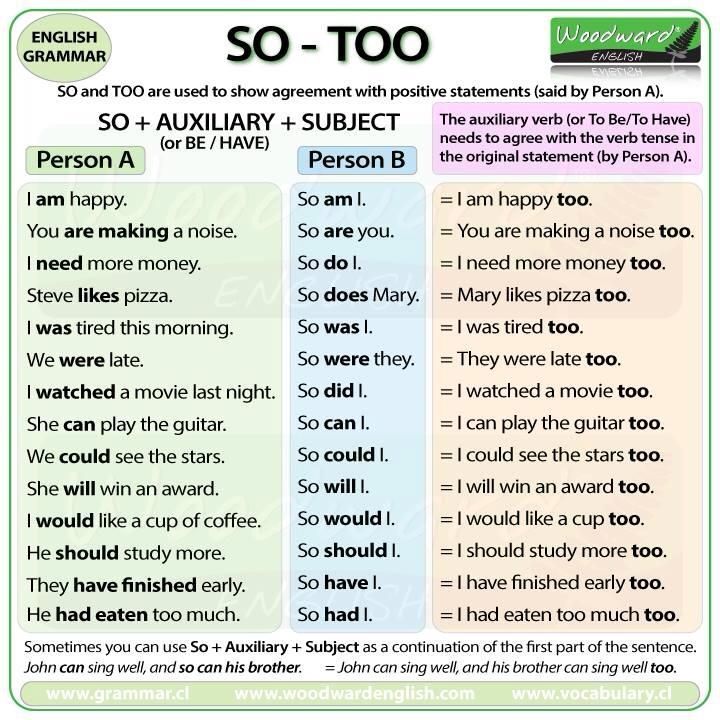 nine0003
nine0003
Using the gas station's air compressor means your tires may be hot. If it is necessary to adjust the tire pressure when the tires are "hot", set their pressure to 4 psi (14 kPa) above the recommended cold pressure. Recheck tire pressure when tires are cold.
After filling the tires, use the pressure gauge to check the pressure again. At this point, it's OK if you've overfilled your tires because you can always bleed some air back out. Never drive with inflated tires. Excessive inflation can result in reduced traction, premature wear and poor shock absorption. nine0003
Make the above procedure a monthly ritual. Checking your tire pressure regularly is the best way to make sure your tires never drop below their optimum PSI.
Accuracy matters and you should keep this in mind when choosing a sensor. For just a few dollars, you can find a quality, accurate tire pressure gauge that gives accurate readings. If you're not sure which one to get, check with the professional technician he or she prefers. nine0003
If you're not sure which one to get, check with the professional technician he or she prefers. nine0003
A digital tire pressure gauge will provide accurate readings, but remember that it is battery operated. If you think changing the battery will prevent you from using it, your best bet is to use a stock sensor.
It is best to use your own personal tire gauge versus the ones attached to the air hoses at service stations. Of all pressure gauges, they are the most weathered and possibly inaccurate.
,
tires are a huge expense for any vehicle, and proper maintenance ensures you always ride in the safest place possible. Check out our complete tire maintenance guide. This will help you get the maximum life from your tires and the best result for your vehicle.
Tire care is important for two reasons, but the most important reason for is safety. When you're driving, your tires are the only thing on the road and you must rely on them no matter the road conditions.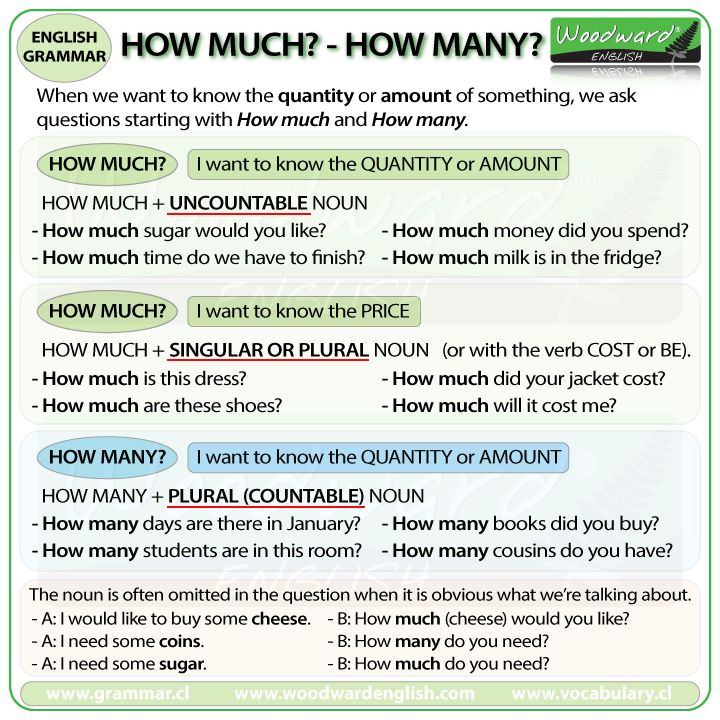 nine0030
nine0030
When the tread depth on your tire decreases, you have a bald tire on your hands, and the wider the tire, the less grip it has. It doesn't need an expert to understand that low grip tires are an accident that can happen.
The second reason is that regular maintenance of tires will save you . Rotating and aligning your tires regularly can extend the life of your tires so they wear evenly. In fact, something as simple as making sure your tires are properly inflated can save you money on gas! nine0003
1.Find your size
There are many useful tips and tricks when buying tires. It's not all that difficult! In fact, the basic information you will need is your tire size.
Before shopping, go to your car with a pen and paper or phone, the camera is ready. Look at the sidewall of your tire. There will be a number of numbers on them. If they don't for some reason, you can also find these numbers in your driver's side door jamb, in the gas tank hatch, or in the glove compartment door.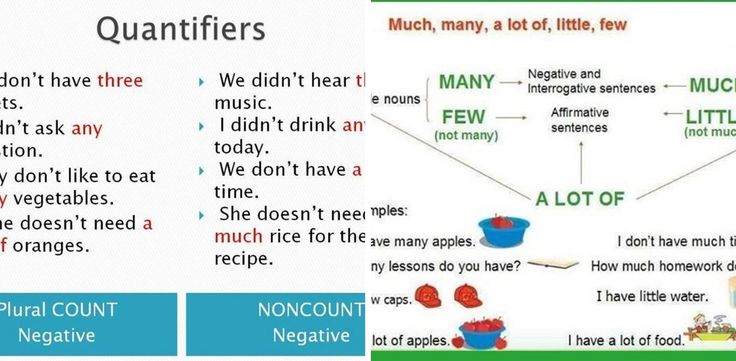 nine0003
nine0003
You will need these numbers when submitting your order, if you purchase them yourself online or if you give them to a professional when looking for offers (which we highly recommend!). The series of numbers will include letters, such as "P" for "passenger car tyre", followed by numbers, often separated by a forward slash "/".
These numbers tell you what car it is for, what is the width of the tire from sidewall to sidewall, how the tire was assembled, what is the rim diameter, rated speed and load index. nine0003
Image Source: Goodyear.ca
Interested in winter tires? Check out our buying guide here.
2. Select your conditions
There are three main types of tires for seasonal driving; all season tires, winter tires and less discussed all season tires (which are different from all seasons).
Regardless of the weather, you will always choose tires with the best braking and handling characteristics. If other elements such as noise reduction and ride comfort also matter, consider this. Don't skimp here - safety is the most important thing. nine0003
If other elements such as noise reduction and ride comfort also matter, consider this. Don't skimp here - safety is the most important thing. nine0003
3. Shop around and get quotes
If you have a membership with Costco or other big boxes (Sam's Club, etc.), start there. As a rule, you get the best prices as members of these tire shops. Walmart, Canadian Tire, and other major retailers may also have decent in-store discounts or installment discounts.
Sometimes local stores also have great deals. For the best deal, take the time to shop around. Don't forget to ask what the full price is for the tire. The price you frequently quote may only be for the material (tire) itself and does not include labor (installation) taxes and, if applicable, disposal of your old tires. nine0003
If you can't remember the last time you had your tires checked, now is the time to start. It is important to check your tires regularly or have them done for you.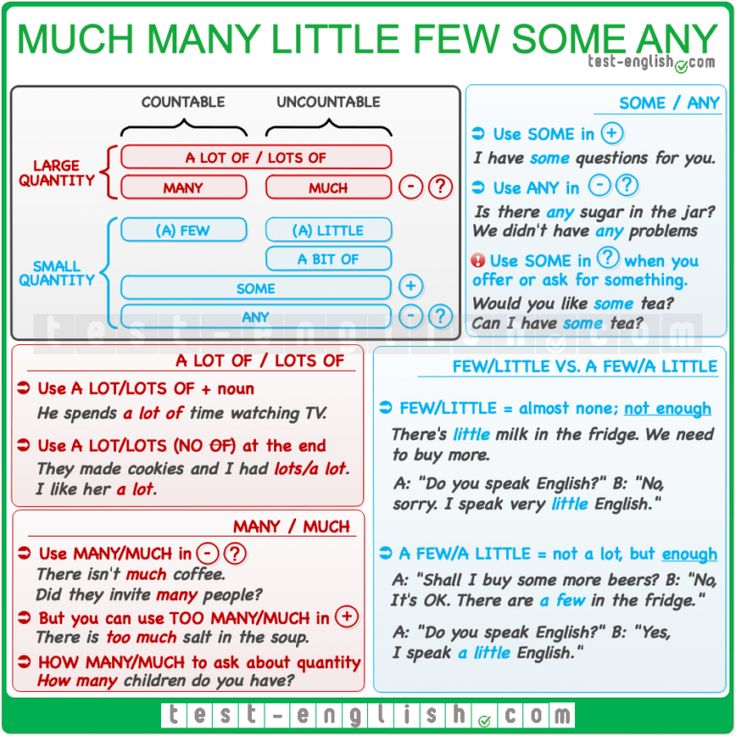 Things to look out for:
Things to look out for:
Tire Service
Tire Alignment
adjusts your vehicle's suspension components so that the tires and wheels are at certain angles, allowing your vehicle to operate safely and efficiently.
Proper alignment takes about an hour and can cost $100 or more. Professionals recommend leveling once or twice a year, but it really depends on your driving conditions. If you regularly encounter nasty potholes, for example, you may need them more often. nine0003
You will know if you need alignment if:
Tire RPMs
The professional recommendation for tire rotation is every 5,000 miles. Tire rotation ensures that all tires wear evenly as front tires wear much faster than rear tires. So not only can rotations save you money (prolonging the life of your tires), but some tire shops even offer free rotations for the life of your tires if you bought them! nine0003
Tire rotation ensures that all tires wear evenly as front tires wear much faster than rear tires. So not only can rotations save you money (prolonging the life of your tires), but some tire shops even offer free rotations for the life of your tires if you bought them! nine0003
Tire balancing
Tire balancing is often confused with wheel alignment, but they are not the same thing. Tire balancing corrects for weight imbalances in the tire and wheel by placing small weights in the wheel barrel. Your tire specialist will tell you if you need to do this.
Tire Gauges
Optimal tire inflation is important to performance, fuel economy and safety and it is important to check them every time the temperature changes significantly. You should always strive to ensure that your tires are fitted in accordance with your vehicle manufacturer's recommendations. nine0003
You can find this information either in the owner's manual or on the inside of the driver's side door, glove compartment or fuel door.
Under-inflated tires
are much worse as they can increase your fuel costs and make your tire more prone to damage and flatness. Experts suggest checking your tire pressure about once a month or even every time you fill up your gas tank! nine0003
You've probably heard of the US version of this (using a quarter). But here in the Great North, we use our beloved Tooney as our tread depth gauge. In the same way, check all four tires and on several sections of the tire.
Take your toonie and test each tire by placing a coin in the tread.
Image Credit: Alberta Motor Association
Check out this really helpful video from the Alberta Motor Association to show you exactly how!
1. Storing your tires
Storing tires properly during the off-season will help them last longer. Make sure they are very clean before storage, wrap them in an airtight seal to protect them from dirt and keep them upright but not hanging from the hooks.
Tires love to be cool, so keep them away from a sunny garage or hot barn. Wrapped tightly in a dry basement is probably one of the best places you can put them.
2. Tire cleaning
Tires don't like UV rays, so if you can park in a shaded area or garage, do so. Too much sun can do what it does to tires
.
 REASONS AND HELP. |
REASONS AND HELP. |
Transient loss of consciousness is a rather diverse condition that includes fainting (syncope), epileptic seizures, a critical decrease in blood glucose levels (hypoglycemia), transient disorders of cerebral circulation. Syncope is understood as a short-term loss of consciousness due to a global decrease in blood supply brain, usually leading to a fall.
There are three groups of syncope depending on the mechanism of their development:
 nine0074
nine0074 Depending on the type of syncope, its effect on the quality and duration of life changes, treatment tactics:
In order to help a patient with transient short-term loss of consciousness, it is necessary to determine whether it is a syncope or another condition (epilepsy, transient cerebrovascular accident or another cause), and then prescribe reasonable treatment. nine0003
nine0003
Examination of the patient begins with a thorough questioning and clarification of the nature of the episode, the circumstances and time of its development, the precursors of an attack and the state after it. The interview is followed by a physical examination, which necessarily includes the measurement of blood pressure and heart rate in a horizontal and vertical position. The follow-up examination is aimed at identifying or ruling out heart disease as the cause of syncope. It is likely that after the first examination of the patient, the diagnosis will become clear, and other studies will confirm it. nine0028 In young people, the dominant cause of syncope is dysfunction of the autonomic nervous system, which is not life-threatening. In patients of older age groups, frequent causes are heart disease, these patients are at risk and require special attention. In the absence of heart disease, special tests can be carried out aimed at provoking fainting and elucidating the specific mechanism of their development, which allows developing tactics for further treatment.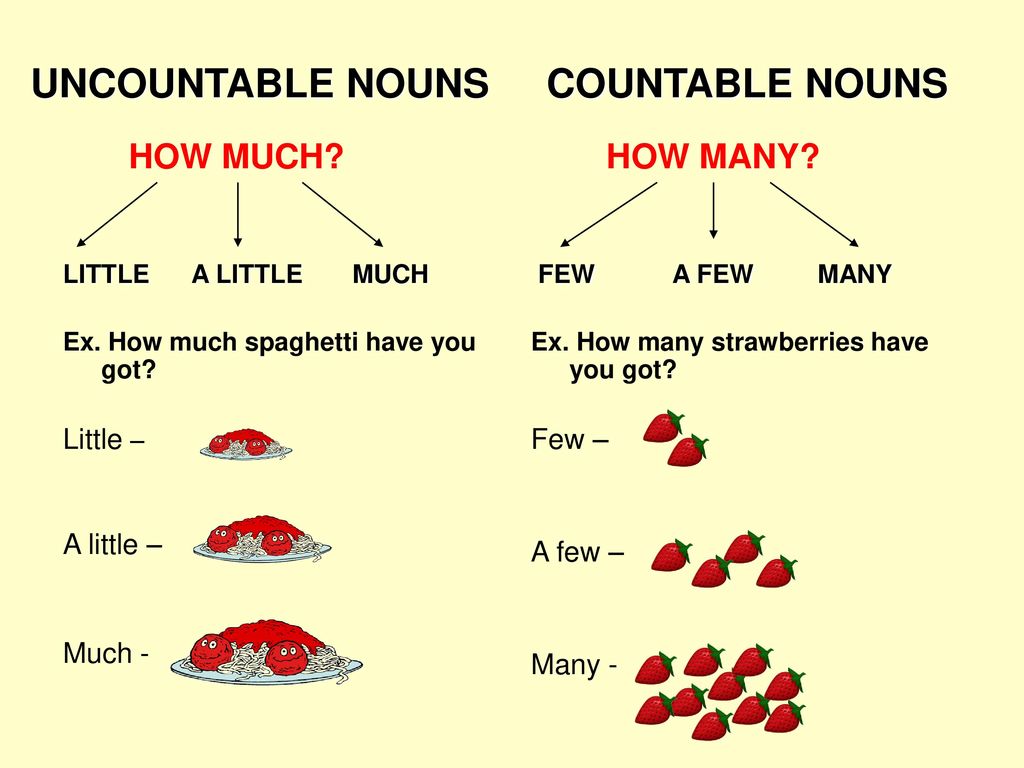 Unfortunately, patients suffering from syncope are often deprived of adequate medical care. This is due to the low awareness of doctors about the necessary examination algorithm and a lack of understanding of the role of a general practitioner, internist and cardiologist in the treatment of these patients. nine0003
Unfortunately, patients suffering from syncope are often deprived of adequate medical care. This is due to the low awareness of doctors about the necessary examination algorithm and a lack of understanding of the role of a general practitioner, internist and cardiologist in the treatment of these patients. nine0003
Treatment begins with explaining to the patient the nature of his illness and teaching him how to prevent the development of syncope and prevent their development (if possible)
The most common type of syncope is the so-called "simple" , which develops during a long stay in an upright position (standing), in stuffy and cramped rooms, or is provoked by emotional stress. Predisposing factors for its development are hot weather, insufficient fluid intake, drinking alcohol, overwork, taking drugs that reduce blood pressure.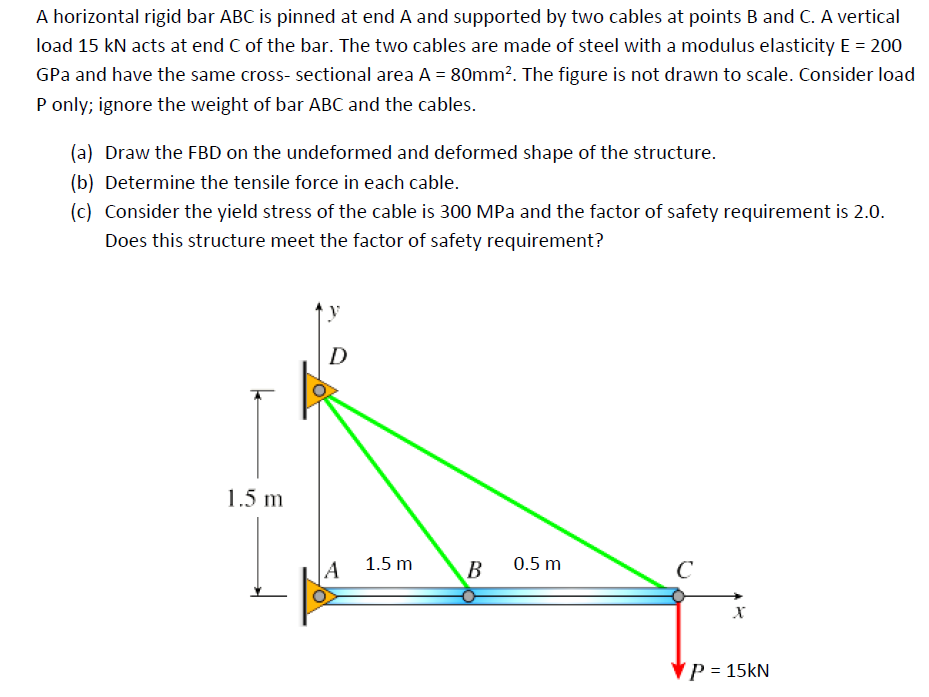 Most often, such fainting develops in the summer, the main places of occurrence are the subway and other modes of transport, or queues. Thus, the methods of their prevention are:
Most often, such fainting develops in the summer, the main places of occurrence are the subway and other modes of transport, or queues. Thus, the methods of their prevention are:
In the event of fainting approaching (when its precursors appear - feelings of heat or cold, dizziness, "veil", "fog", "stars" before the eyes, etc.), it is necessary to quickly lie down or sit down, this can prevent the development of loss of consciousness and reduce the likelihood of developing a fall-related injury.